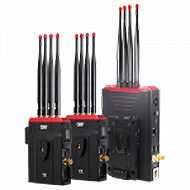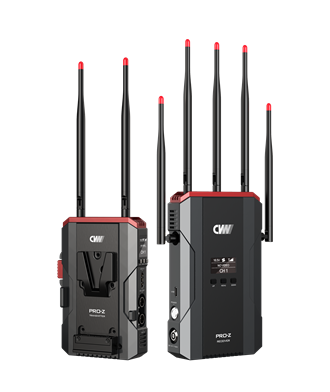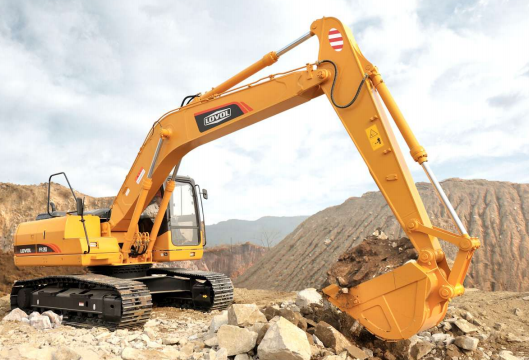Introduction:
The construction machinery industry plays a pivotal role in driving global infrastructure development. From excavators and bulldozers to cranes and loaders, these heavy-duty machines are essential for constructing roads, buildings, bridges, and other critical infrastructure projects. This article aims to provide an in-depth analysis of the current status of the construction machinery industry, highlighting its growth, challenges, and future prospects.
1. Overview of the Construction Machinery Industry:
The construction machinery industry encompasses a wide range of equipment used in various construction activities. It includes earthmoving machinery, material handling equipment, concrete and road construction machinery, and more. The industry is highly diverse, with both large multinational corporations and smaller regional players contributing to its growth.
2. Growth Drivers:
a) Urbanization and Population Growth: Rapid urbanization and population growth in emerging economies have fueled the demand for construction machinery. As cities expand, the need for infrastructure development, including housing, transportation, and utilities, has surged.
b) Government Investments: Governments worldwide are investing heavily in infrastructure projects to stimulate economic growth and improve living standards. These investments create a favorable environment for the construction machinery industry, as they require advanced equipment to complete large-scale projects efficiently.
c) Technological Advancements: The industry has witnessed significant technological advancements, such as the integration of telematics, GPS, and automation. These innovations have improved the efficiency, safety, and productivity of construction machinery, attracting more customers.
3. Market Trends:
a) Sustainable Construction: The construction industry is increasingly focusing on sustainable practices, including energy-efficient buildings and environmentally friendly construction methods. This trend has influenced the construction machinery industry, with manufacturers developing greener and more fuel-efficient machines.
b) Rental Market Growth: The rental market for construction machinery has experienced substantial growth in recent years. Renting equipment provides cost-effective solutions for construction companies, allowing them to access the latest machinery without significant upfront investments.
c) Digitalization and Connectivity: The integration of digital technologies, such as Internet of Things (IoT) and cloud computing, has transformed the construction machinery industry. Connected machines enable real-time monitoring, predictive maintenance, and data-driven decision-making, enhancing operational efficiency.
4. Regional Analysis:
a) Asia-Pacific: The Asia-Pacific region dominates the construction machinery industry, driven by rapid urbanization and infrastructure development in countries like China and India. The region's construction machinery market is expected to witness significant growth due to ongoing government initiatives and investments.
b) North America: The North American market is characterized by a high demand for technologically advanced machinery, particularly in the United States. The region's focus on infrastructure renewal and the adoption of sustainable construction practices contribute to the industry's growth.
c) Europe: Europe's construction machinery market is driven by infrastructure projects, including the development of smart cities and renewable energy installations. The region's emphasis on reducing carbon emissions and improving energy efficiency has led to the adoption of eco-friendly construction machinery.
5. Challenges and Future Outlook:
a) Economic Uncertainty: The construction machinery industry is susceptible to economic fluctuations, as it heavily relies on government investments and private construction activities. Economic downturns can significantly impact the industry's growth.
b) Environmental Regulations: Increasing environmental regulations and emission standards pose challenges for construction machinery manufacturers. Adapting to these regulations requires significant investments in research and development to develop cleaner and more sustainable machinery.
c) Technological Disruptions: The rapid pace of technological advancements brings both opportunities and challenges. Manufacturers must stay ahead of the curve by investing in research and development to incorporate emerging technologies into their machinery.
Despite these challenges, the construction machinery industry is expected to witness steady growth in the coming years. The demand for infrastructure development, coupled with technological advancements and sustainable practices, will continue to drive the industry forward.
Conclusion:
The construction machinery industry plays a vital role in shaping the global infrastructure landscape. With the increasing demand for infrastructure development, government investments, and technological advancements, the industry is poised for growth. However, challenges such as economic uncertainty and environmental regulations must be addressed to ensure sustainable development. By embracing innovation and adapting to changing market dynamics, the construction machinery industry can continue to thrive and contribute to the growth of economies worldwide.

 Multi-camera wireless video transmission
Multi-camera wireless video transmission Zero Latency Wireless Video Transmission
Zero Latency Wireless Video Transmission
 Designed for teleoperating the heavy equipment
Designed for teleoperating the heavy equipment Wireless high-speed data transmission
Wireless high-speed data transmission

